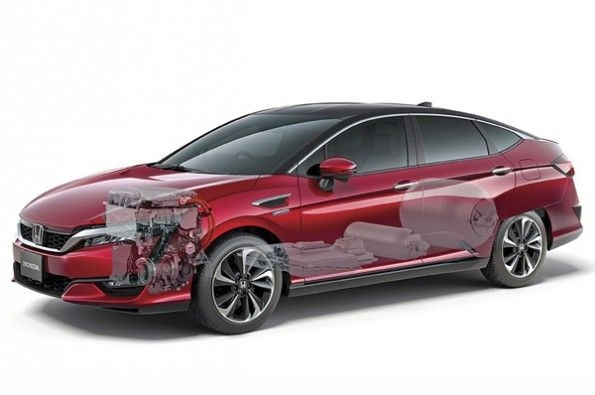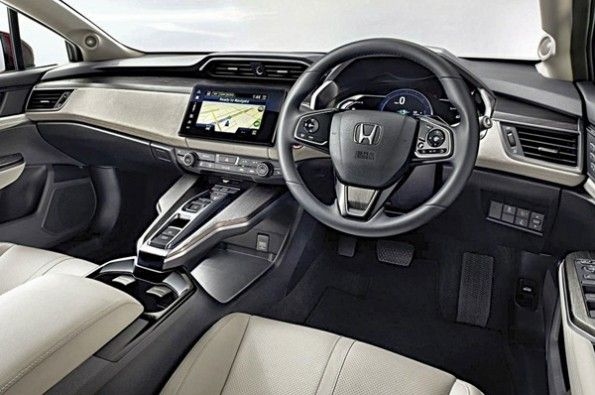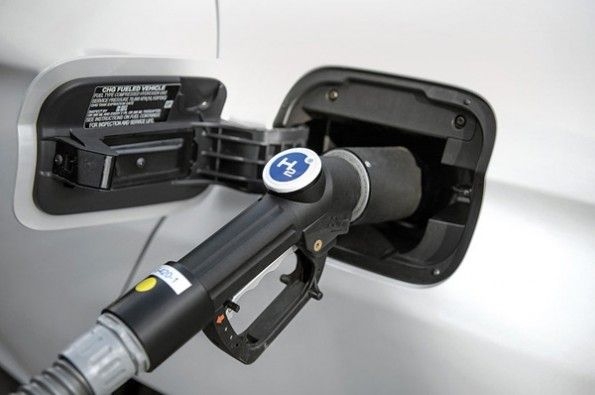What is It?
We took Honda’s FCV Clarity first fuel-cell-powered vehicle out for a spin and what we thought would be like a science experiment on wheels, sadly, wasn’t. On the inside, we found that the doors shut with a nice thump. The rear can seat three however; it is bench-like with knees-up. The car feels rather normal to be honest, it’s even quite comfortable on the inside. The team at the Japanese headquarters developed this car with feedback they got from the leasers of the predecessor to this car. Their feedback suggested that customers were looking for a car as practical as a petrol-powered sedan.

The Japanese carmaker, Honda has been working on fuel cell vehicle for over two decades and the FCV Clarity that was launched in Japan, some of Europe and USA last year, marked an important step for Vehicles of its kind. Just like other fuel cell automobiles, hydrogen stored in the car reacts with the oxygen, which in turn, makes electricity to power the motor. The most important benefit of fuel cell cars is the by-product being only water and this makes it extremely environmentally friendly. Interestingly, the biggest benefit on the Clarity is the reduction of the size of the cells, but not at the behest of power. The fuel cell unit in the FCV is one-third the size of the one in the FCX; this small size has given Honda the ability to make it sit in the engine bay instead of the centre tunnel. The fuel cell stack, air supply system and drive mechanism, which comprise of the entire powertrain, are similar in size to a V6 powertrain. This Honda has an output figure of around 130kW or around 177hp. There are two pressured tanks of different sizes which store hydrogen, while a lithium-ion battery keeps the surplus power made from the cell and braking.
How does it Drive?
As far as driving is concerned, the Clarity feels similar to a regular battery-powered electric vehicle. As expected, acceleration in the beginning is strong and throttle response is immediate. Also, during this time there is close to no noise except a small sound from the air–compressor force-feeding air to the cell stack. The Clarity is a dull experience for driving enthusiasts. However, the FCV will do an impressive claimed 750km with a charge of just three minutes. These are higher figures when compared to electric vehicles. This also means that it will not be needed to charged up every other day like electric cars.

In theory, the FCV has a long range, runs on hydrogen and lets out only water. This sounds unbelievable right? Well, there is a catch. Hydrogen is generally found in compounds with other elements and sourcing pure hydrogen is expensive and causes pollution, depending on the method used. Storage of this fuel is expensive and providing it for consumption is complicated. The nearest hydrogen pump is a few thousand kilometres away in India.

Can I Buy One?
To conclude, one can rule out the possibility of fuel cells coming to India in the next decade or two; but you never know. A fuel cell vehicle like the Clarity could just become the new normal somewhere in the world in the near future.








